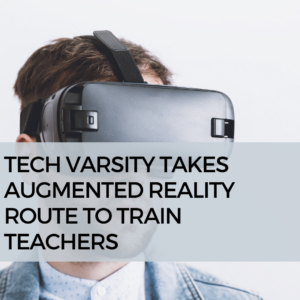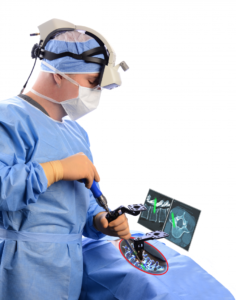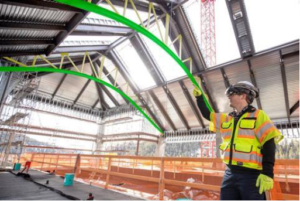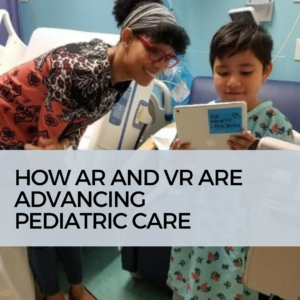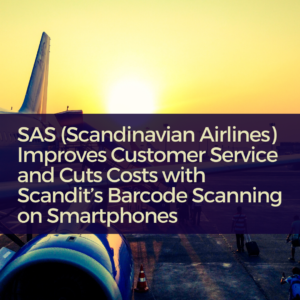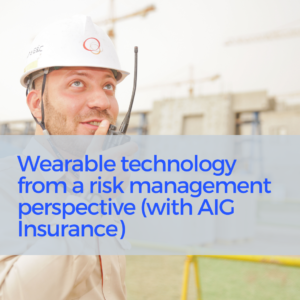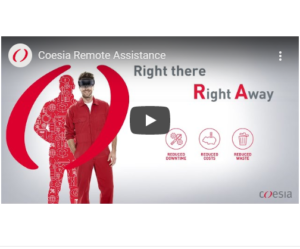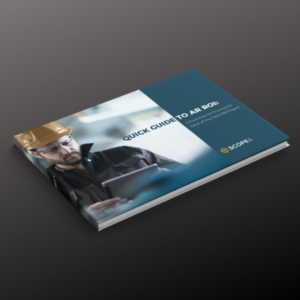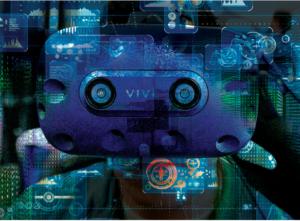Healthcare professionals are using immersive technologies for different purposes—from staff training to patient engagement. Virtual and augmented reality developers are also doing their part to contribute to patient care. Together with medical professionals, they have been exploring new ways to provide pediatric patients with fun and unforgettable experiences.
The blog then takes a closer look at immersive applications that make hospitals feel more comfortable and friendly for young patients.
Reducing Pain and Anxiety in Treatments
Virtual and augmented reality have come a long way. These immersive technologies have become powerful enough to provide comfort and relief throughout painful and unpleasant procedures. For example, VR and AR innovations have aided young patients who undergo gastroenterology procedures, chemotherapy, and blood draws.
AppliedVR produces digital solutions for virtual reality therapeutics (VRx). They aim to improve the clinical outcomes of patients with serious medical conditions using immersive solutions. Around 200,000+ hospitals have implemented their VR solutions, including Boston Children’s Hospital and Cedars-Sinai.
Both children’s hospitals use VR headsets to help their young patients cope with the pain, anxiety, and stress of their treatments. For instance, they let kids play Bear Blast before procedures to calm their nerves.
AppliedVR offers a wide array of games, movies, animations, and guided meditations, making the program suitable not only for kids but for patients of all ages.
Adjusting to the Hospital Environment
The hospital is the last place you want to be if you’re a child. Rooms are cramped, stressful, and no fun at all. Augmented and virtual reality are making the experience less overwhelming for the young ones.
Take Chilzone for example. Early-Adopter developed this unique platform to improve pediatric care. It makes the dreary walls of a hospital room come to life. Chilzone utilizes a wide array of digital technologies, from immersive technologies to 3D printing. It allows patients to tap into their creativity and natural curiosity. Moreover, it makes them feel comfortable and in control of their situation.
One of their first creations was a program called Secret Garden. It places young patients in virtual environments, allowing them to see the people and places they love.
Early-Adopter believes that immersive technology has the capacity to relieve anxiety and aid in rehabilitation. Furthermore, they believe it has the potential to decrease dependence on pain medication.
The company raised $65,000 in an event last November, which enables them to expand their program. They will provide Montefiore’s Bronx facility with 40 VR headsets before the year ends, making them the largest VR and AR program in New York.
Creating Engaging Therapy Sessions
Children in the autism spectrum require special attention. They are easily overwhelmed by visual distractions and noises during therapy sessions. As a result, care providers often struggle to teach kids with special needs important social and communication skills.
Floreo, a virtual reality platform, addresses this challenge. It helps kids with Autism Spectrum Disorder learn a wide range of social skills through fun and engaging activities. Adults with ASD may also benefit from this application. Instead of delivering therapy in the usual constrained environment, Floreo places kids with special needs in virtual environments. Parents and therapists can supervise the immersive experience, guiding young learners as they progress.
Using Floreo, patients can play games and engage in activities where they can explore social connections. They can learn calming techniques as well.
Floreo only implements science-backed lessons into their platform. Schools, therapy practices, and numerous households across the country are already using Floreo.
Meanwhile, kids equipped with Google Glass can explore Brain Power’s suite of AR-based apps to practice social-emotional skills that will strengthen their self-reliance.
Read full article here.
